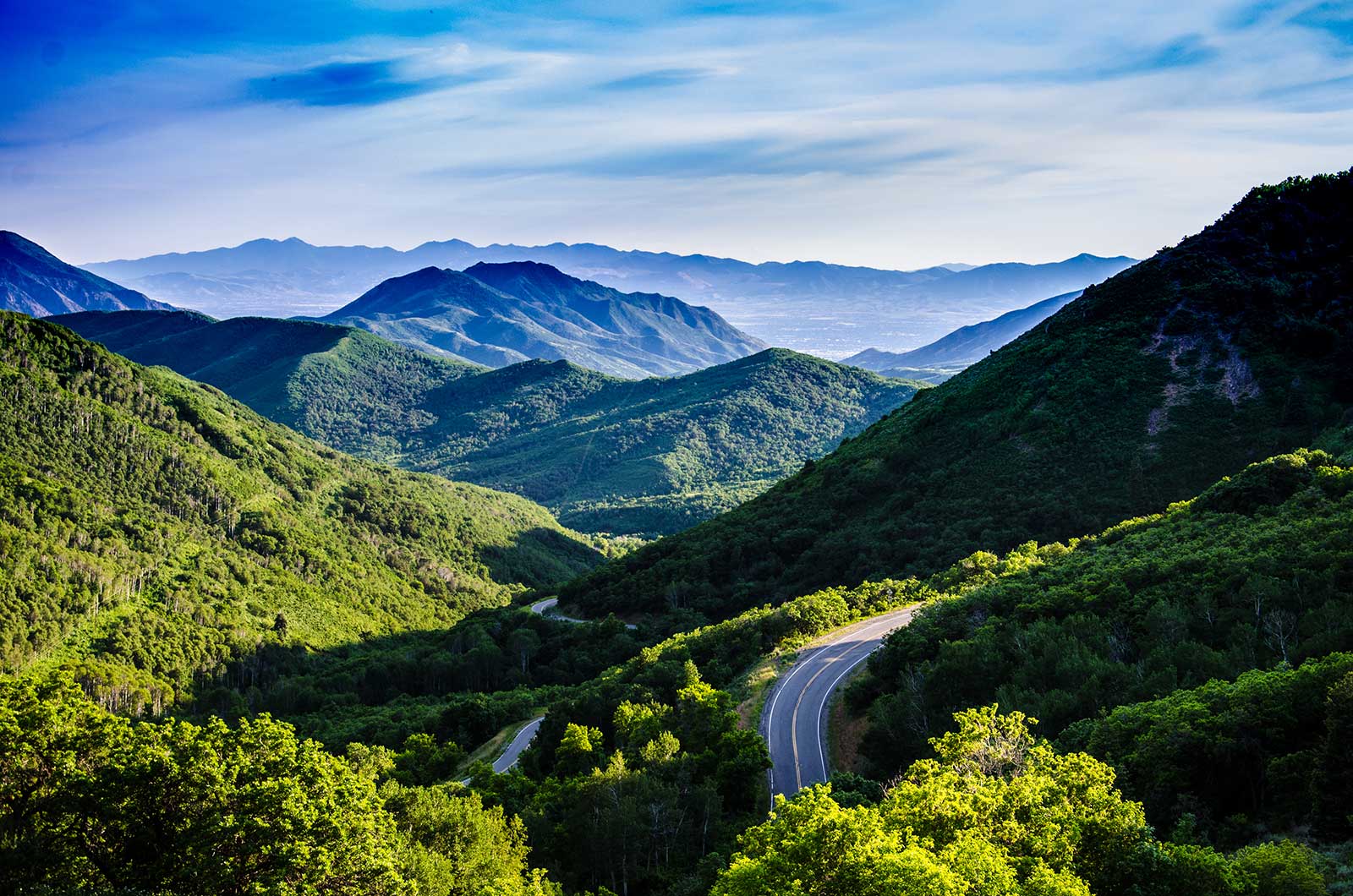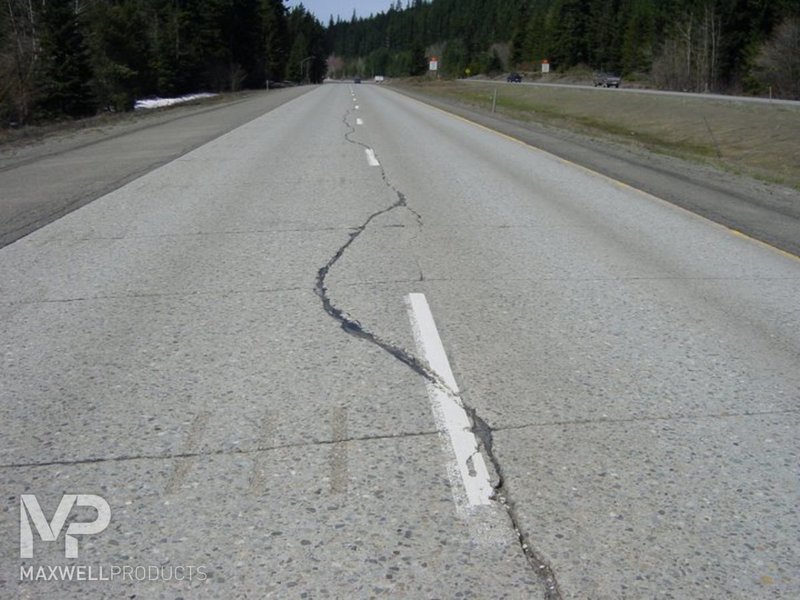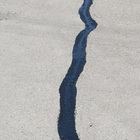View Photo
Solution Center
Longitudinal Cracking
Description
Longitudinal cracking runs parallel to the pavement centerline (or laydown direction) and can be associated with reflective cracking from an underlying layer, poor joint construction or location (joints located in the wheel path), frost heaving, or load-related stress. Longitudinal cracking may also signal the onset of fatigue cracking (alligators/crocodiles or spider-web cracking).
If left untreated:
Pavement cracks will widen, allowing water channeling, penetration, and damage to the pavement base. A compromised base will quickly lead to larger fissures, gaps, and pavement deterioration, such as voids, potholes, raveling, and more. If cracking begins within the wheel path and is left untreated, roughness will occur and may worsen into fatigue cracking and subsequent structural failure.





